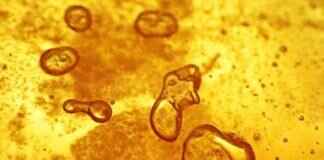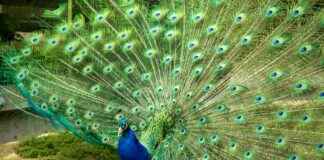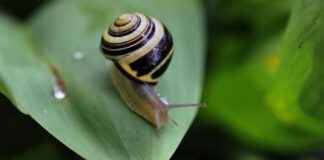In an unexpected turn of events, Ashley Kidd, a conservation project manager with the Sunflower Star Laboratory in Monterey Bay, was left pleasantly surprised when some critically endangered starfish began to spawn three days earlier than anticipated. This spontaneous spawning process by some massive, velvety echinoderms marked a significant development for the planned mission to recover the species that play a crucial role in maintaining healthy kelp forests. The mission is part of a broader effort involving multiple institutions dedicated to restoring the sunflower sea stars, which once thrived along the Pacific Coast but suffered a devastating decline in 2013 due to a mysterious disease linked to a marine heat wave.
The Plight of the Sunflower Sea Stars
The sunflower sea stars, vividly colored creatures with up to 24 arms and weighing as much as a small dog, were decimated by the disease, resulting in the loss of an estimated 5.75 billion individuals globally. California alone saw a 99% decline in its Pycnopodia helianthoides population, landing the species on the International Union for Conservation of Nature’s critically endangered list in 2020. The disappearance of these carnivorous sea stars had a ripple effect on the marine ecosystem, leading to the unchecked proliferation of purple urchins. These urchins, in the absence of sea stars, devoured kelp forests, disrupting the delicate balance of the food web and leading to a drastic decline in marine biodiversity.
Reviving the Keystone Species
Despite the challenges posed by the collapse of the sunflower sea star population, recent efforts in breeding the animals in captivity have shown promising results. Successful induced spawns, like the one at Birch Aquarium at UC San Diego’s Scripps Institution of Oceanography, have demonstrated the potential for reintroducing these starfish back into the wild. Institutions across the state, including the California Academy of Sciences, Aquarium of the Pacific, and Monterey Bay Aquarium, have been instrumental in raising healthy juvenile stars with the aim of releasing them to help restore kelp forests.
Challenges and Solutions in Reintroduction
One of the key challenges faced by scientists working on the reintroduction of sunflower sea stars is the lack of genetic diversity among the captive-bred individuals. To address this issue, researchers are looking to the Alaska SeaLife Center, which houses the largest collection of sunflower sea stars in the world. By bringing some of these animals back to California, scientists hope to diversify the genetic pool and pave the way for a more sustainable reintroduction effort. The transfer of animals from Alaska to California requires collaboration with regulatory authorities and sets the stage for future transports from other regions to further enhance genetic diversity.
Looking Towards the Future
As researchers continue to make strides in understanding the biology and breeding habits of sunflower sea stars, the prospect of reintroducing them into the Pacific within the next three to five years appears promising. The potential resurgence of these keystone species could have far-reaching benefits, from restoring kelp forests and supporting marine biodiversity to combating climate change by sequestering carbon. The journey to revitalize the sunflower sea stars is a testament to the resilience and dedication of conservationists, highlighting the intricate web of life that connects us all in the vast expanse of the ocean.













